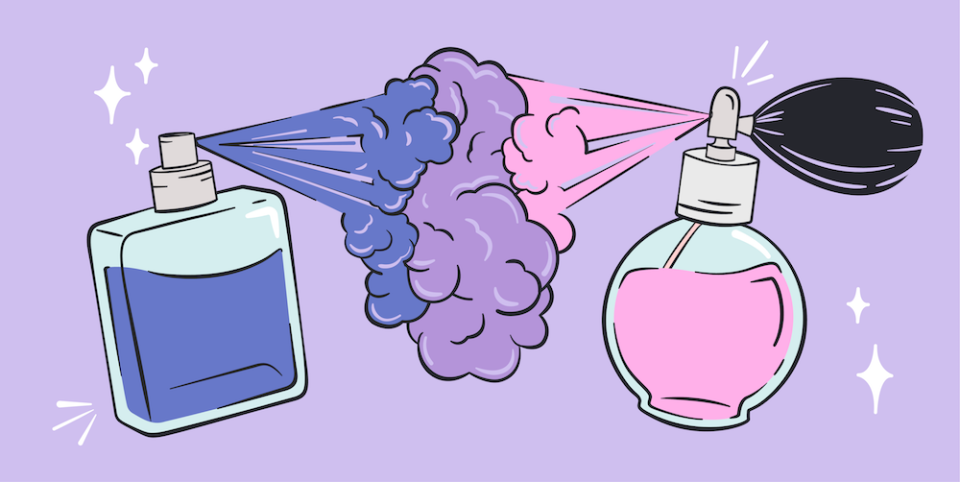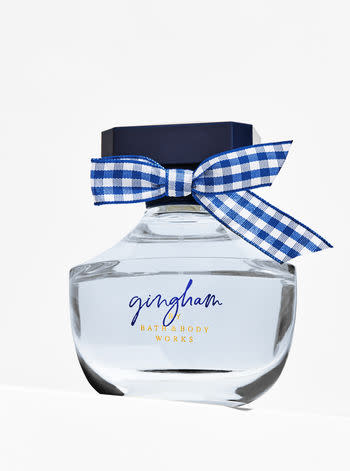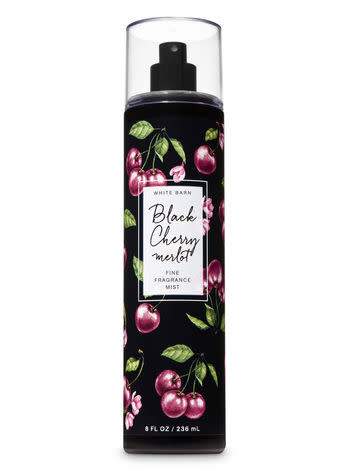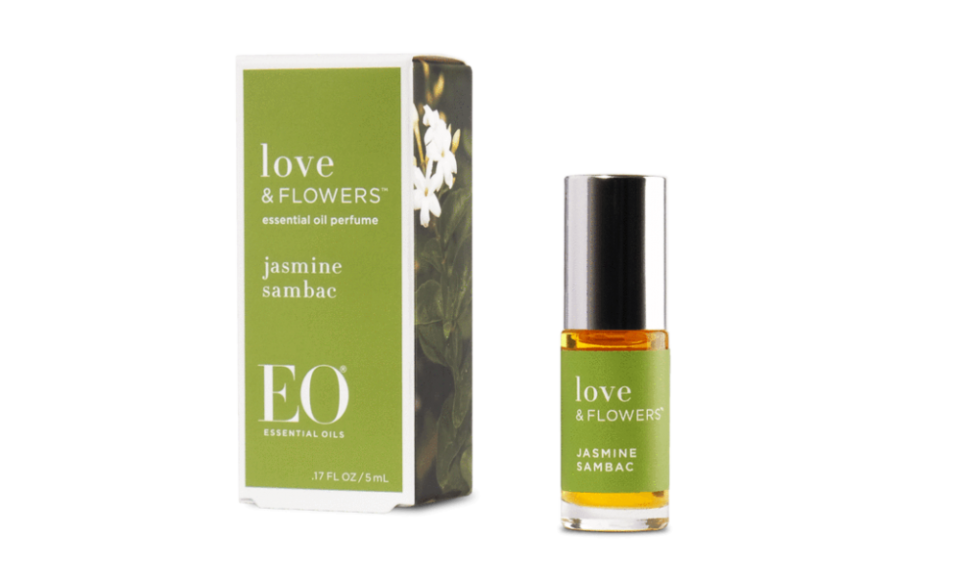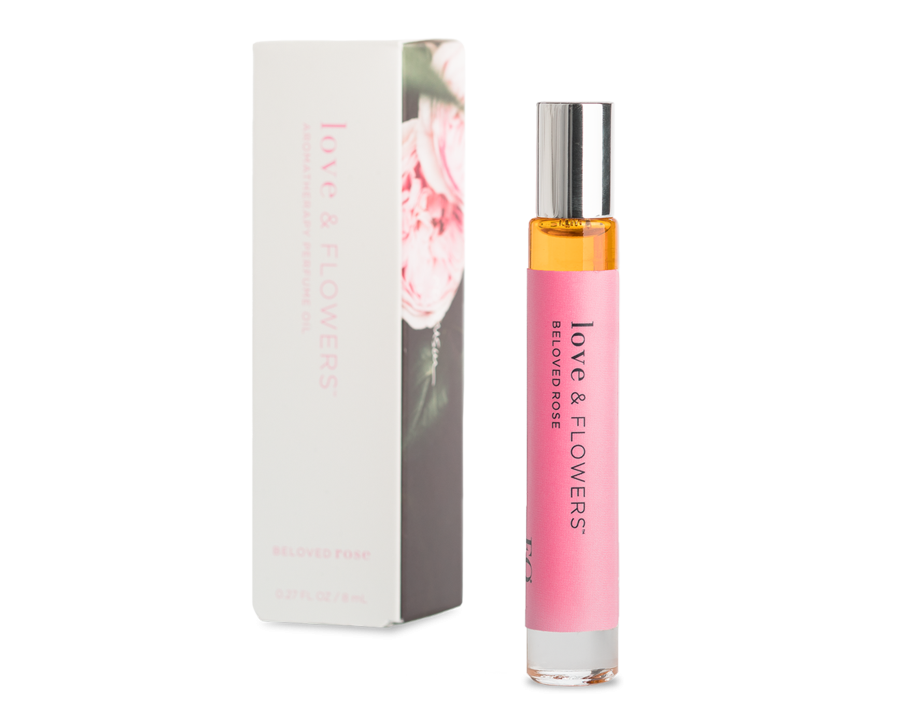Fragrance experts teach us the art of layering perfume
Whether you’re shopping for high-end perfume or a daily lotion, picking out a signature fragrance can be a deeply personal experience. For every person who aims to smell like a bouquet of freshly plucked flowers, there is someone who prefers a fresh ocean-water scent, or the fruity allure of peaches. In concept, wearing fragrance is a super intuitive process. You pick a smell and you spray it on your body (or clothing, if preferred). But in practice, layering fragrances so they last throughout the day without turning you into a chemical weapon requires a dose of savvy.
In order to empower ourselves with the tips and tricks necessary to smell like a dream all day long, we chatted with a few perfume experts about what they’ve learned throughout their career, how to layer fragrance, and what all scent lovers should know.
There are no set rules
To kick off our search of fragrance layering knowledge, we talked to Honorine Blanc, Firmenich Master Perfumer and creator of the new Gingham by Bath & Body Works. She emphasized that there are really no hard set rules, and you must first have a mastery of your own taste.
undefined
Layer notes depending on the season
Since fragrance tastes so often communicate a certain mood or feeling, it makes sense for them to shift and evolve with the seasons and climates we live in. When asked if the weather affects how we should layer perfumes, Blanc recommended different layering notes to swap out with the seasons.
“In the fall and winter, we might want something cozy and slightly richer and warmer, like the feeling of a comfy sweater that we want close to our skin in cold weather,” she says. “Putting on the complementary lotion for our scent can add intensity and long-lastingness to our wearing experience. In the spring and summer months, though, you might have a desire for something cleaner and fresher, like combining citrus and floral notes with musky cotton notes. The musky cotton notes will stay on the skin after the initial freshness and openness of the citrus and floralcy, bringing a nice contrast.”
A post shared by Jeremy Fragrance (@jeremyfragrance) on Oct 23, 2018 at 5:35am PDT
Stay hydrated
For many of us, the changing of the seasons doesn’t just bring a change in weather, but also in the texture of our skin. Blanc recommended scent lovers make extra effort to hydrate if they want to keep their fragrance working.
“Hydration of the skin is definitely important, though so staying hydrated—not just in the summer months—is certainly a priority for both our health and our fragrance communication,” she says. “When our bodies are warm, for example when we are having a workout, they do tend to bring out the scent we are wearing more than when our bodies are in cold weather. The amount of water in our bodies definitely affects how scent is experienced on our skin, as moisture on the body supports the diffusion of our fragrance.”
In order to get a perspective from a perfume expert who works less with synthetic fragrances, and primarily in the realm of aromatherapy and essential oils, we were also honored to pick the brain of Susan Griffin-Black, co-CEO, and co-founder of EO Products.
Watch out for bad blends
From Griffin-Black’s experience, she’s found the mistake people most often make involves mixing incompatible scents, or using too much fragrance altogether:
undefined
Griffin-Black says the easiest fix for both of these potential pitfalls is to choose natural scents. “If that’s not possible, be very careful about how you layer the synthetic fragrances,” she explains. “While all perfumes will smell differently on your skin, you can get an idea of how the two blend together by putting a few drops onto a tissue before using them on your body. Be aware of scents that mask the others and those that blend in an odd way. For natural scents, it’s best to start with the strongest scent you will be layering: scents that include ylang-ylang, jasmine or patchouli are stronger scents, for instance. Then add the softer scents bit by bit until the right balance is reached.”
A trick to make sure you aren’t wearing too much
Since our noses get used to our fragrances fairly quickly, Griffin-Black recommended a special trick to test whether you’re wearing too much fragrance:
“One way to test the strength of our scent is to apply the perfume(s) to a piece of cloth. Apply the amount you would normally wear, leave it in a room for a few minutes, and then remove it from the room. Go back into the room after a few more minutes. If you can still smell the fragrance, you’ve used too much. Your personal scent should only be noticeably strong to someone who is in your personal space (hugging, for instance). Ideally, your scent should only linger for moments after you’ve left.”
Familiarize yourself with notes
Griffin-Black’s advice to people new to perfume is to primarily focus on familiarizing yourself with scent, and finding what you like. Once you’re used to the notes of a fragrance, it’ll be easier for you to figure out ways to mix and match smells for layering. “The main tip I would share is to wear what you like,” she emphasizes. “Scent is subjective, what you like isn’t going to be right for everyone. Choose scents that make you feel good. Take the time to get used to the scent before mixing it with others, what we smell when we first take a breath of a perfume is very different than what it will smell like as it dries down. Use your new scent on both your skin and on clothing, some smell better on one or the other. If you prefer the scent on fabric more than your skin, you can apply a drop or two on the inside seams of collars and cuffs, scarves or pocket squares. The most common places for perfume on the skin are the neck, wrists, and throat.”
